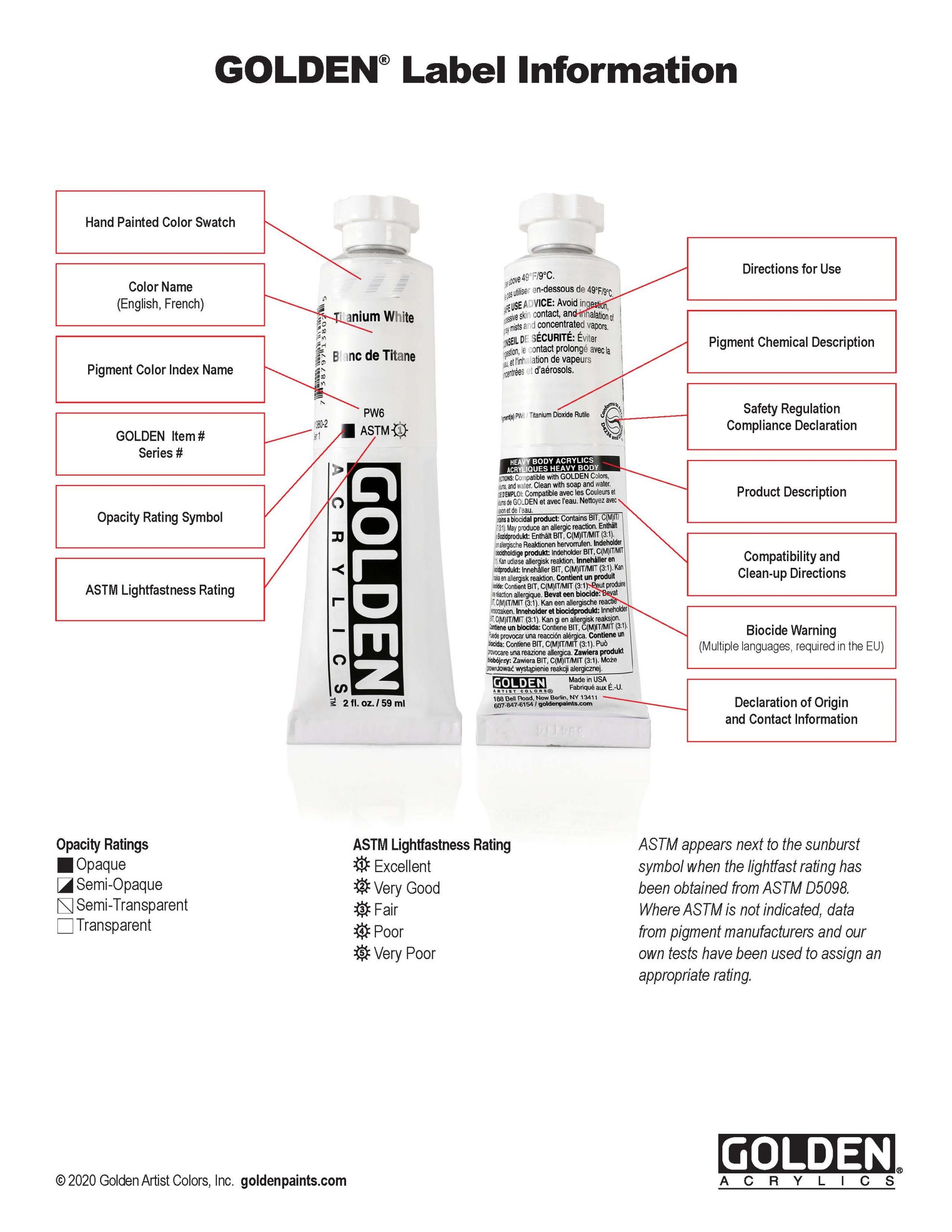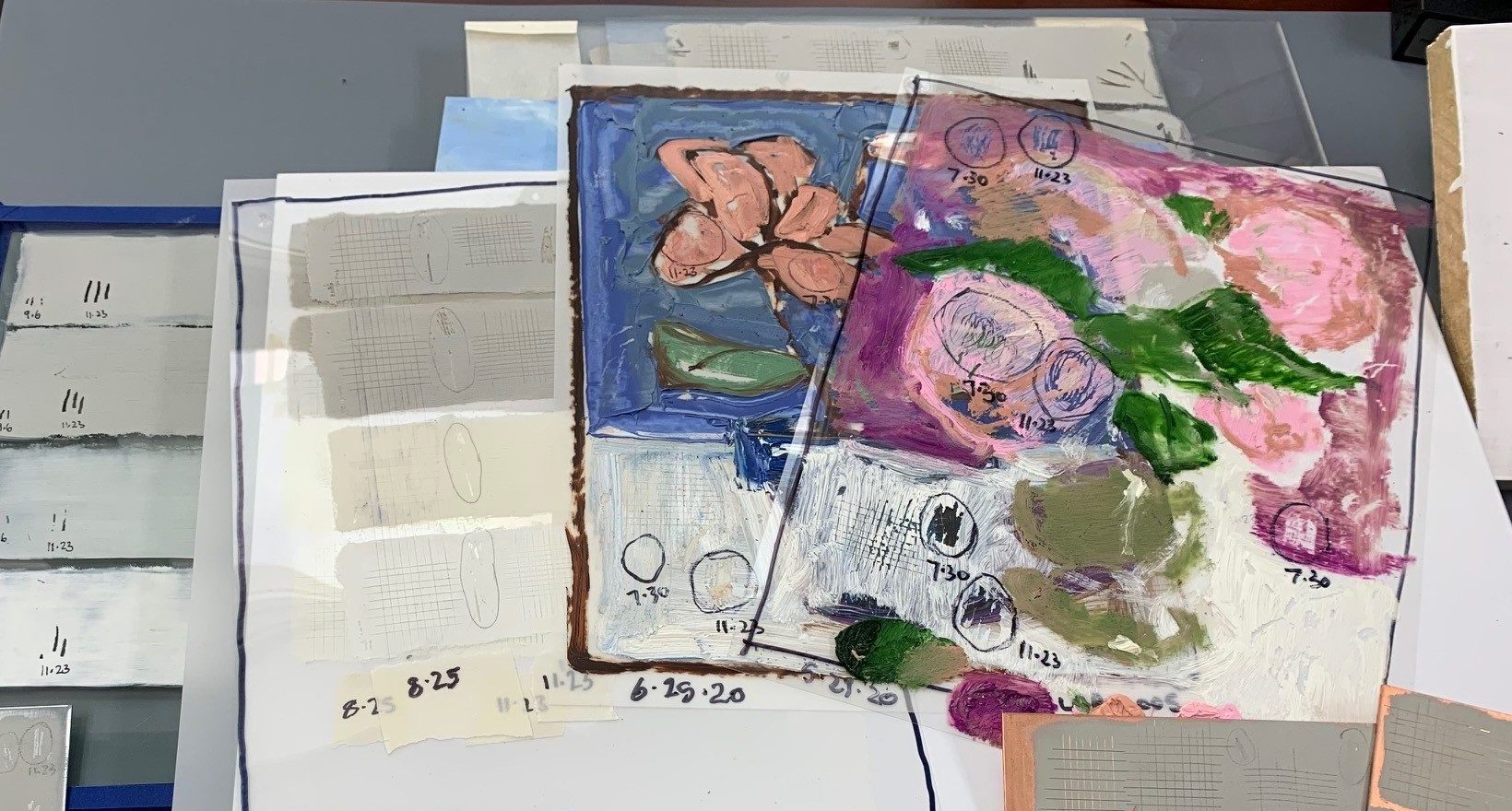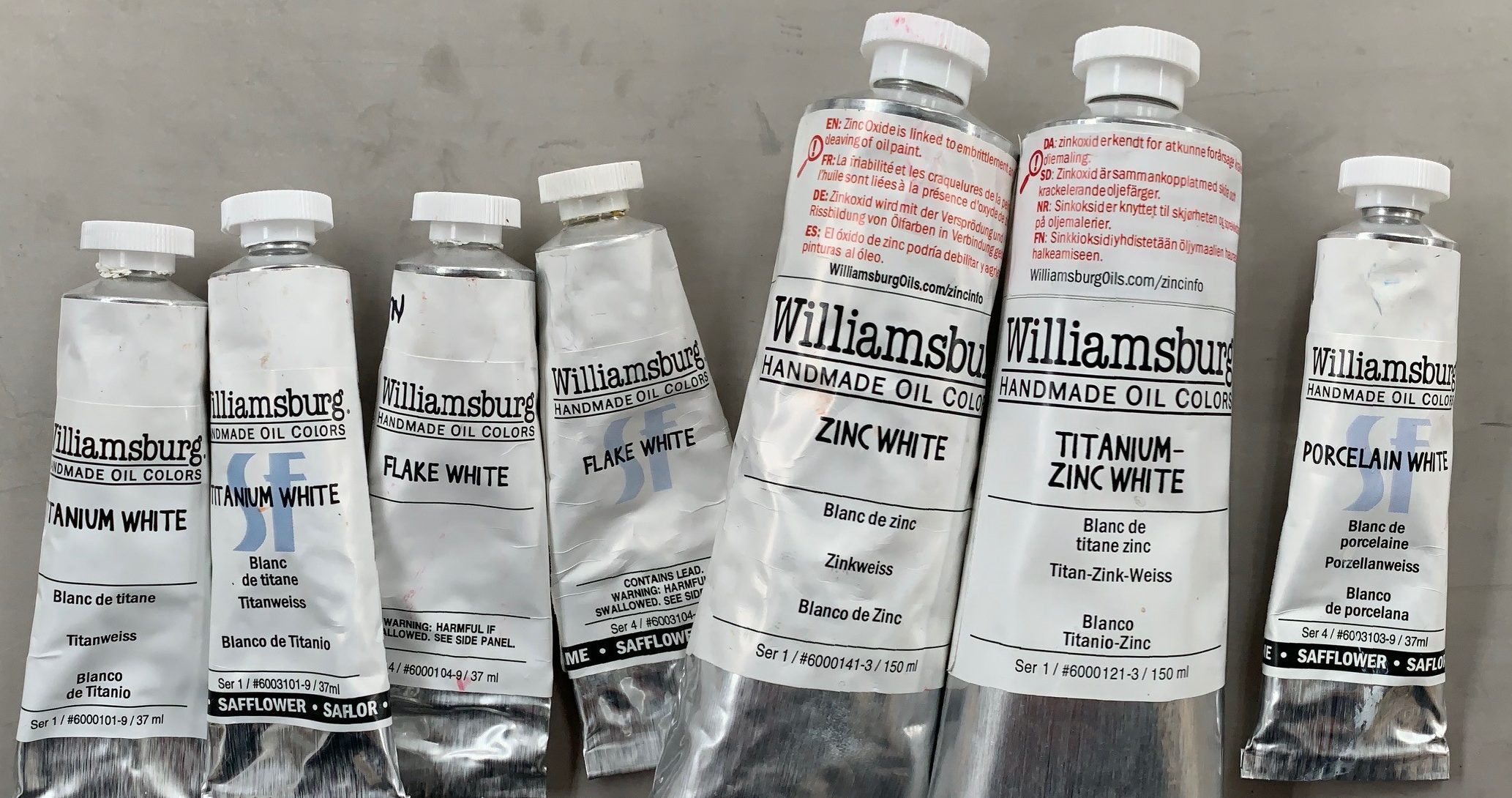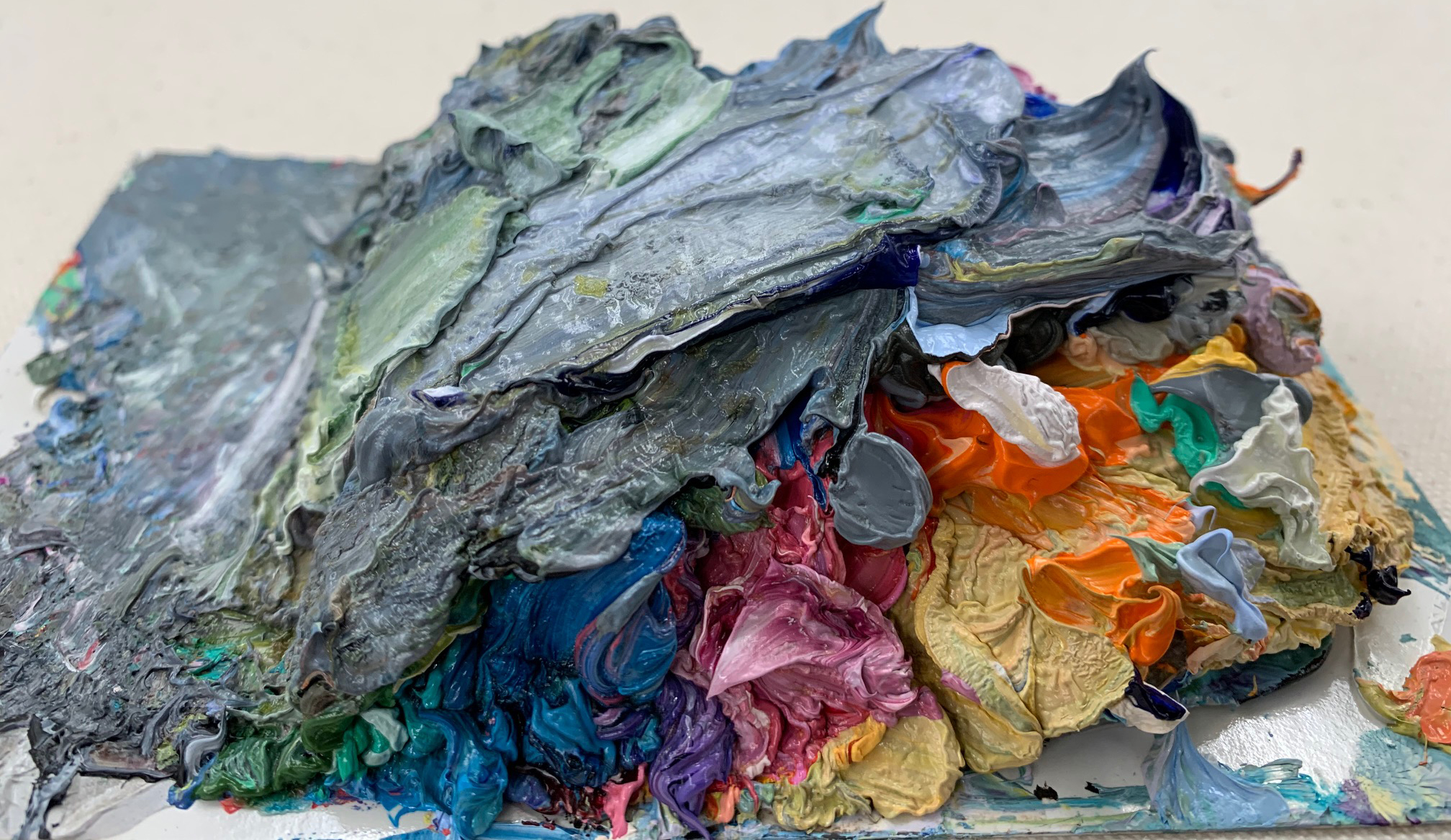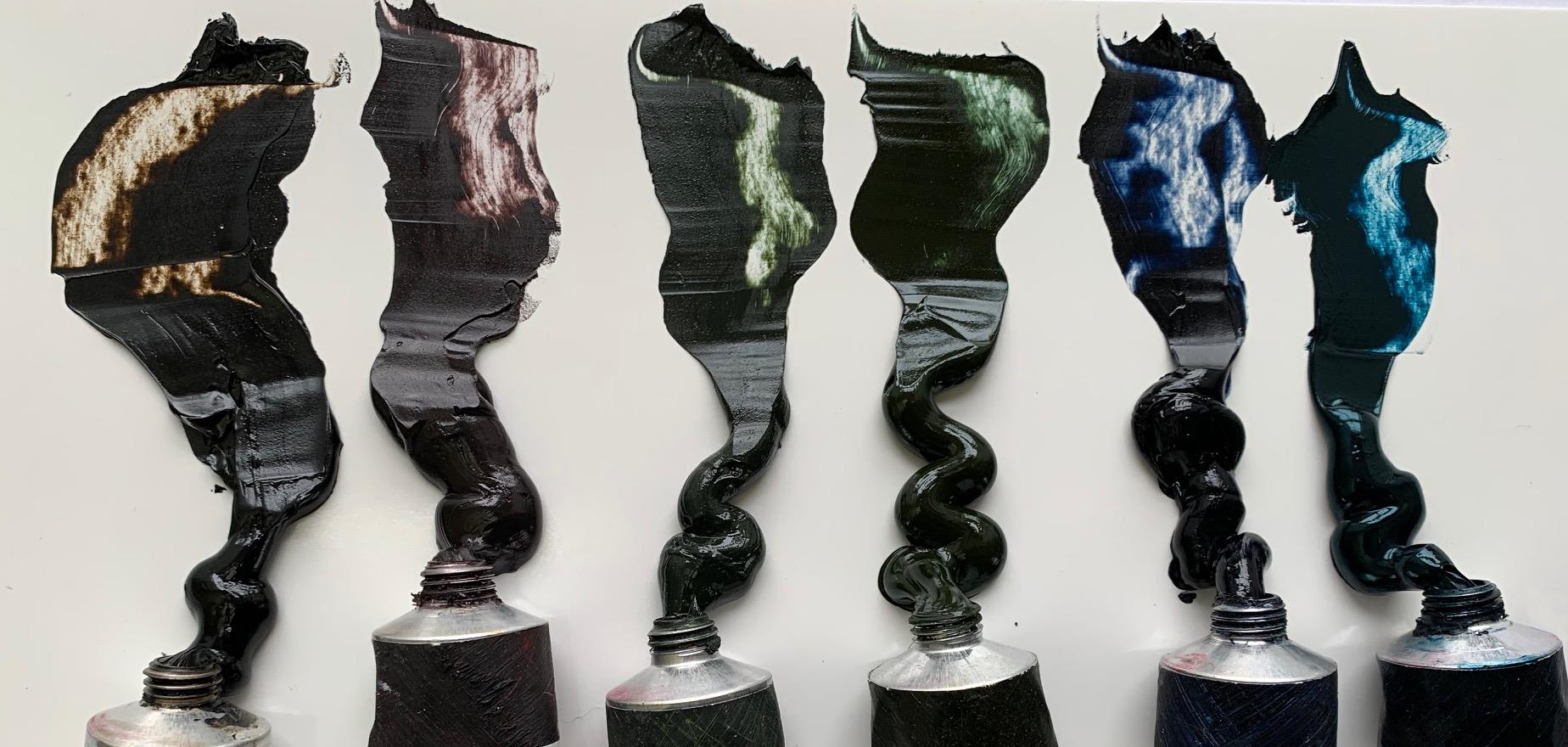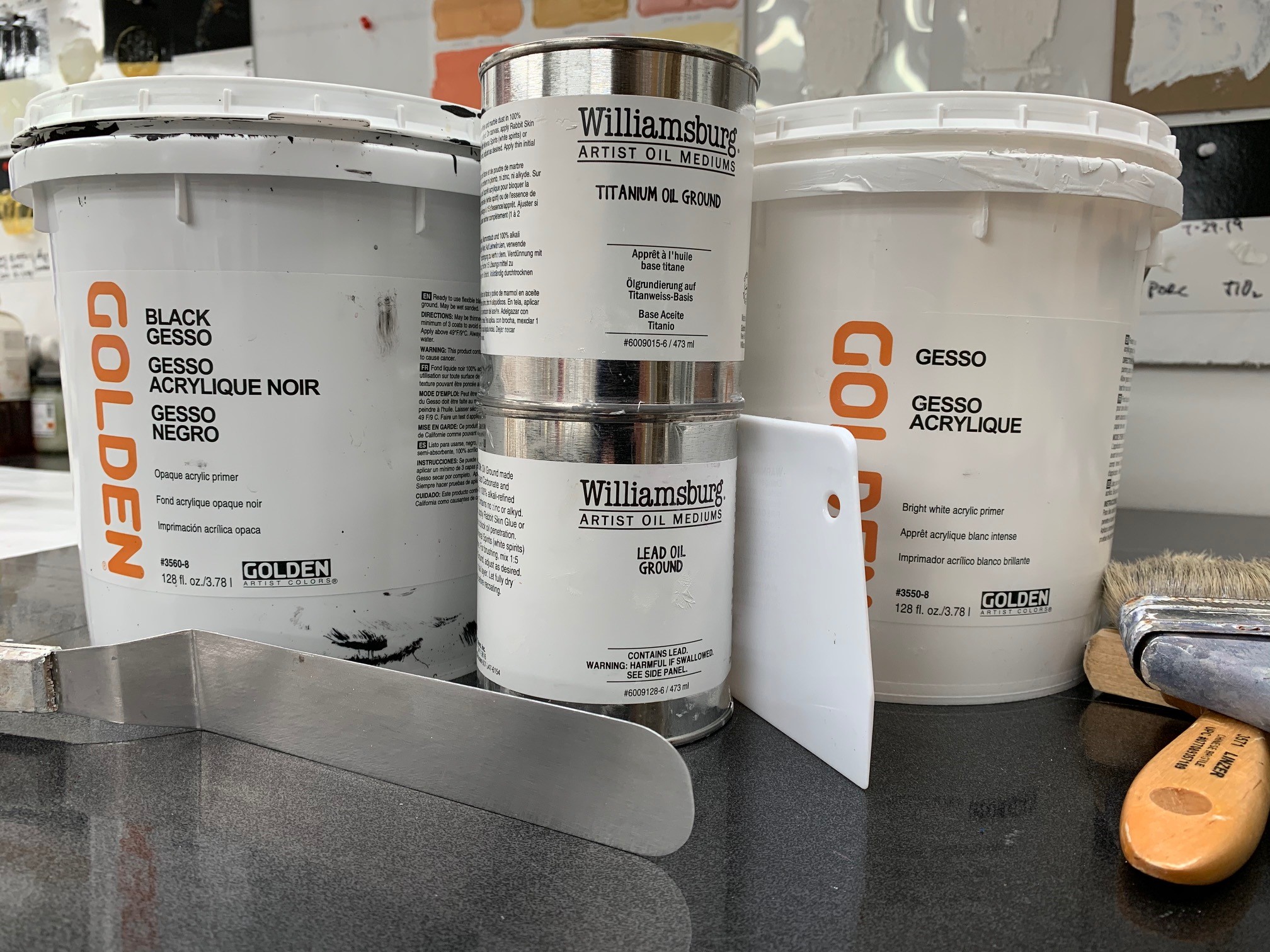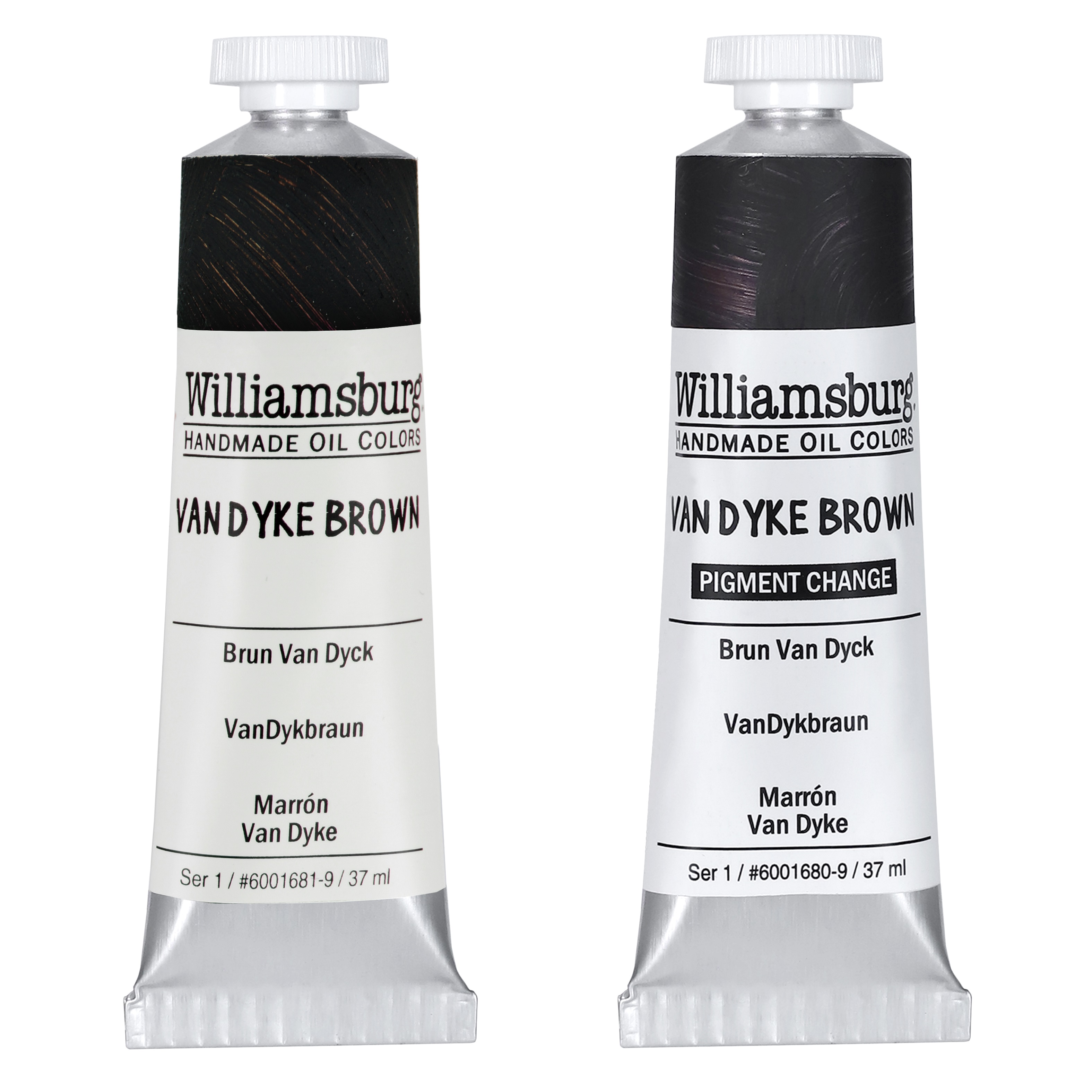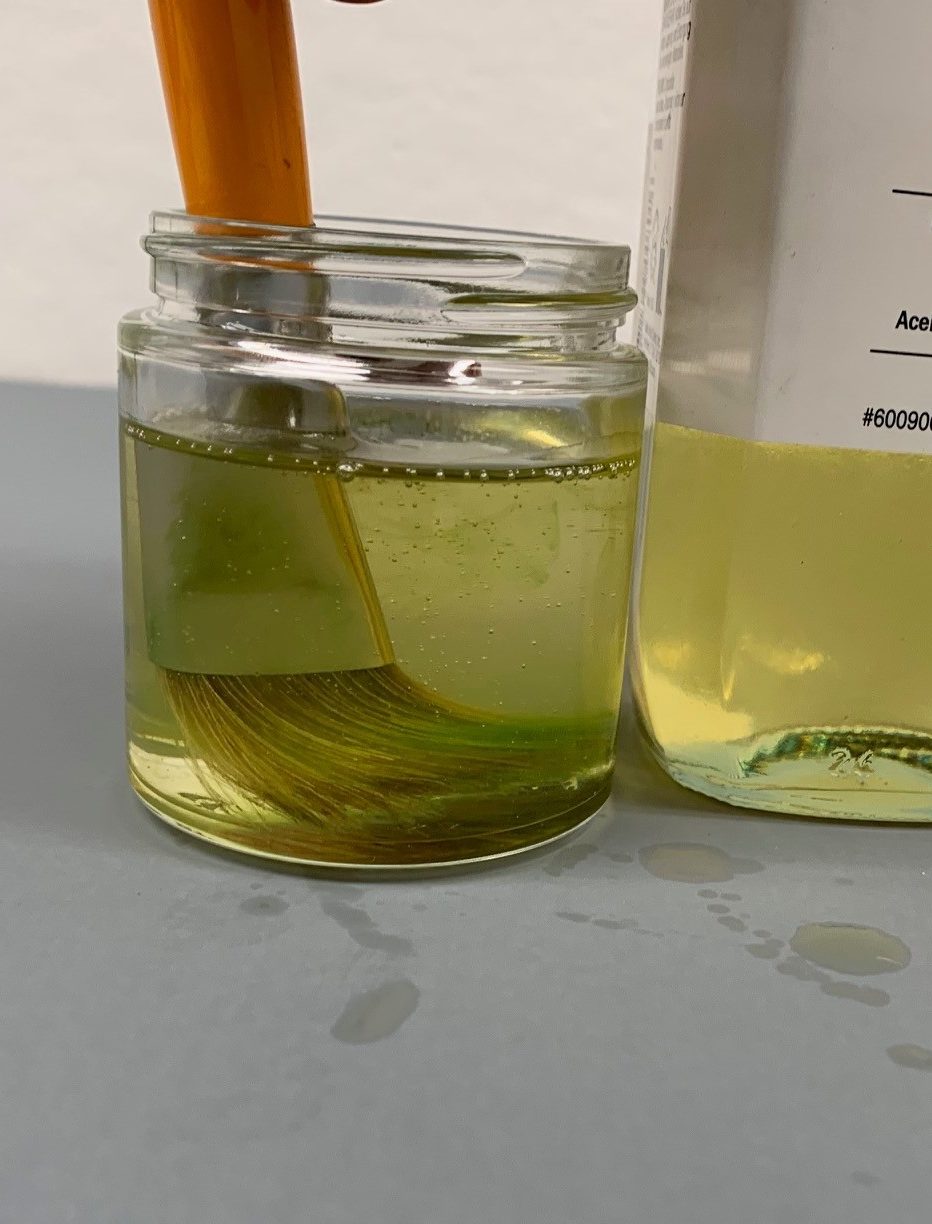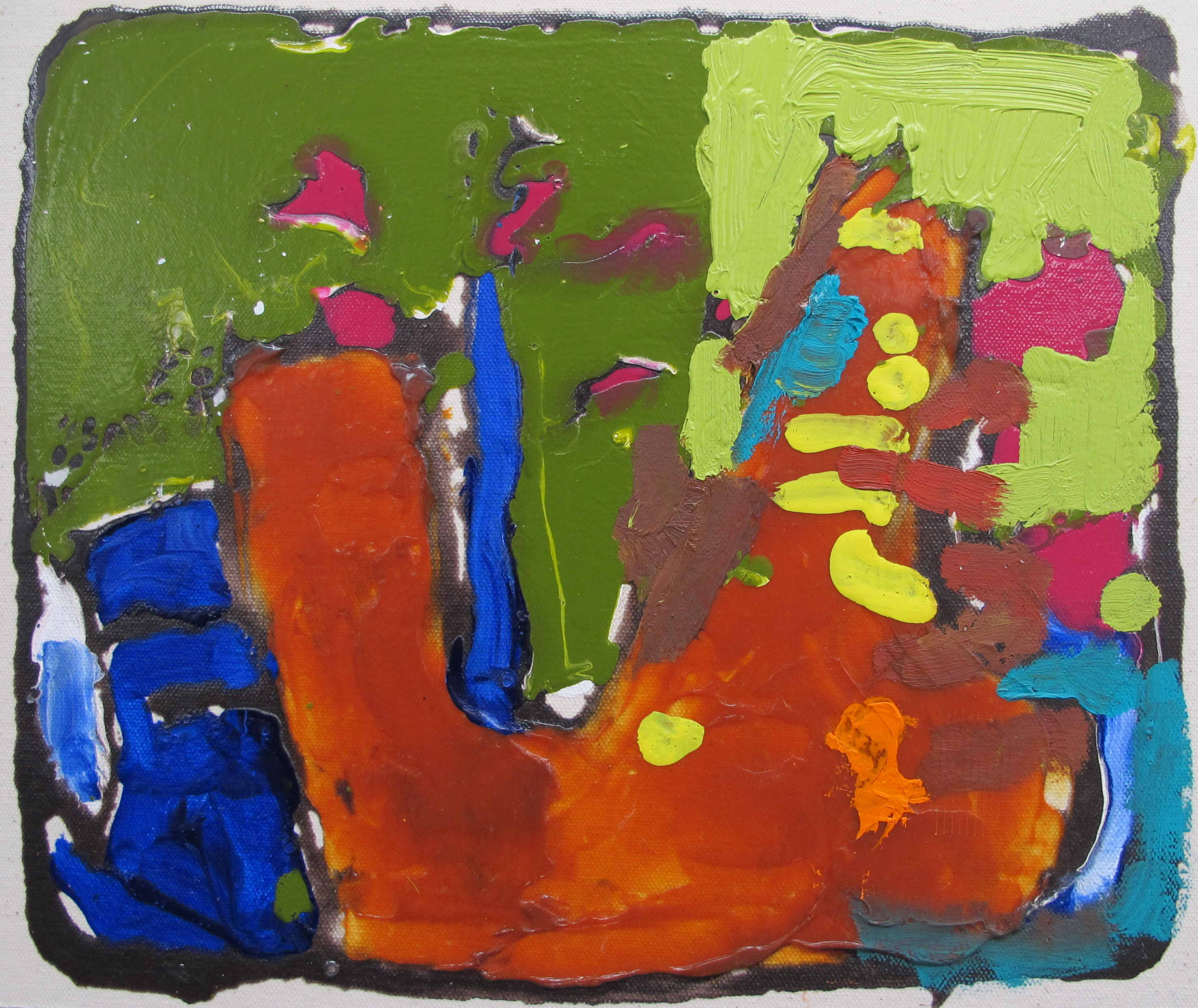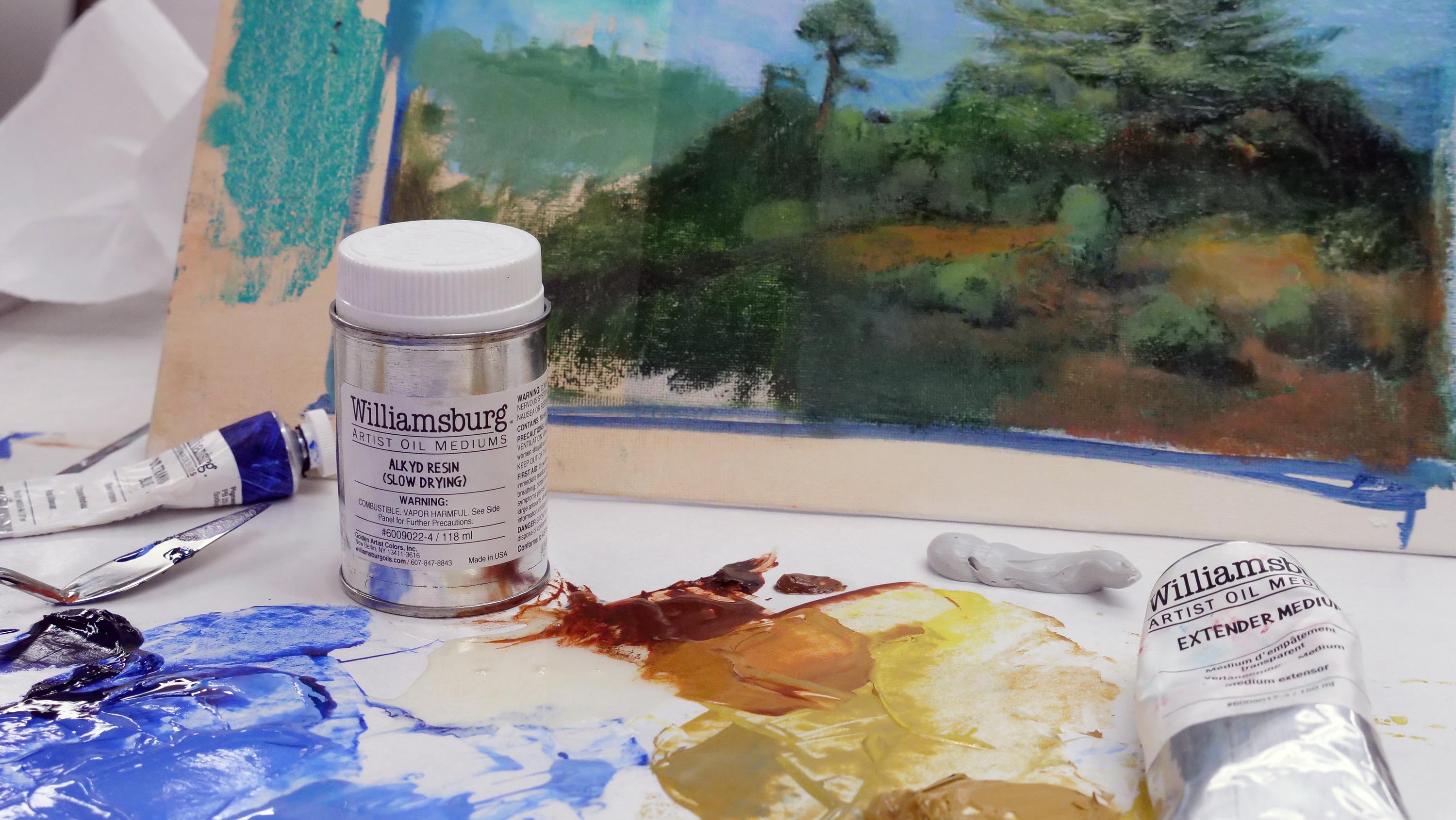Starting in January 2021, We are making a few changes to the labels on all of our acrylic color lines (Heavy Body, Fluid, High Flow and OPEN) to quickly and clearly provide the information that is most important to artists and to comply with a changing regulatory landscape. A survey of over 1,200 artists indicated … Read more
Home>Uncategorized> Acrylic Paints> Acrylics> Color> Health & Safety > Label Changes to GOLDEN Acrylic Color Lines
About Greg Watson
View all posts by Greg Watson --> Archive |  Greg Watson
Greg Watson
This article provides some initial testing focused on how well oil paints adhere to several non-porous surfaces without any ground preparation
White is often thought to be as much as 20% of a typical painting. Used for grounds, for opacifying, for lightening or brightening deep colors, its importance cannot be overlooked. Not only is it a critical component coloristically, but understanding the whites in your oil painting will also aid the structural integrity of your … Read more
Editor’s Note: Added April 26, 2022 For some time, our recommendation for artists using oils over acrylic has been to work over harder, matte acrylic surfaces and avoid working on softer gels and gloss products. Our intention was to optimize the level of adhesion that would be achieved on a toothier surface as well as … Read more
When oil painters visit our factory, we always show them these colors. The response is unanimously positive, especially from those who use darker tones or blacks in their work. Williamsburg has six chromatic darks that we want to feature in this article. These colors are all blends, containing a natural iron oxide or Ivory … Read more
EDITOR’S NOTE (4/14/21): Please note our recommendation for sizing before applying Oil Ground is currently being retested and this article has been changed to reflect this development. Grounds are selected to provide the proper color, level of absorbency and tooth to meet an artist’s needs. Oil painters have the extra concern of protecting from oil … Read more
Due to pigment availability issues, Williamsburg Handmade Oil Colors will unfortunately be discontinuing French Noir Indien and French Cassel Earth. We will also be changing our Van Dyke Brown from a Bituminous Earth and Raw Umber blend to a new mixture of Ivory Black and synthetic iron oxide. The pigment used to make French … Read more
For oil painters who want to reduce the amount of solvent in their studio, we would like to share a solvent-free brush cleaning option that can be used during and after painting. All you need for this process are paper towels and a container with 2-3 inches of drying oil such as linseed, safflower, walnut … Read more
Editor’s Note: Added April 26, 2022 For some time, our recommendation for artists using oils over acrylic has been to work over harder, matte acrylic surfaces and avoid working on softer gels and gloss products. Our intention was to optimize the level of adhesion that would be achieved on a toothier surface as well as … Read more
Mediums are important additions to the oil painter’s toolbox. They modify the feel of paint, change the surface sheen, build or reduce viscosity, and in some cases, can be the driving factor behind the aesthetic of a work. Williamsburg Handmade Oil Colors Alkyd Resin can be mixed with oil paints to improve leveling, increase transparency … Read more

